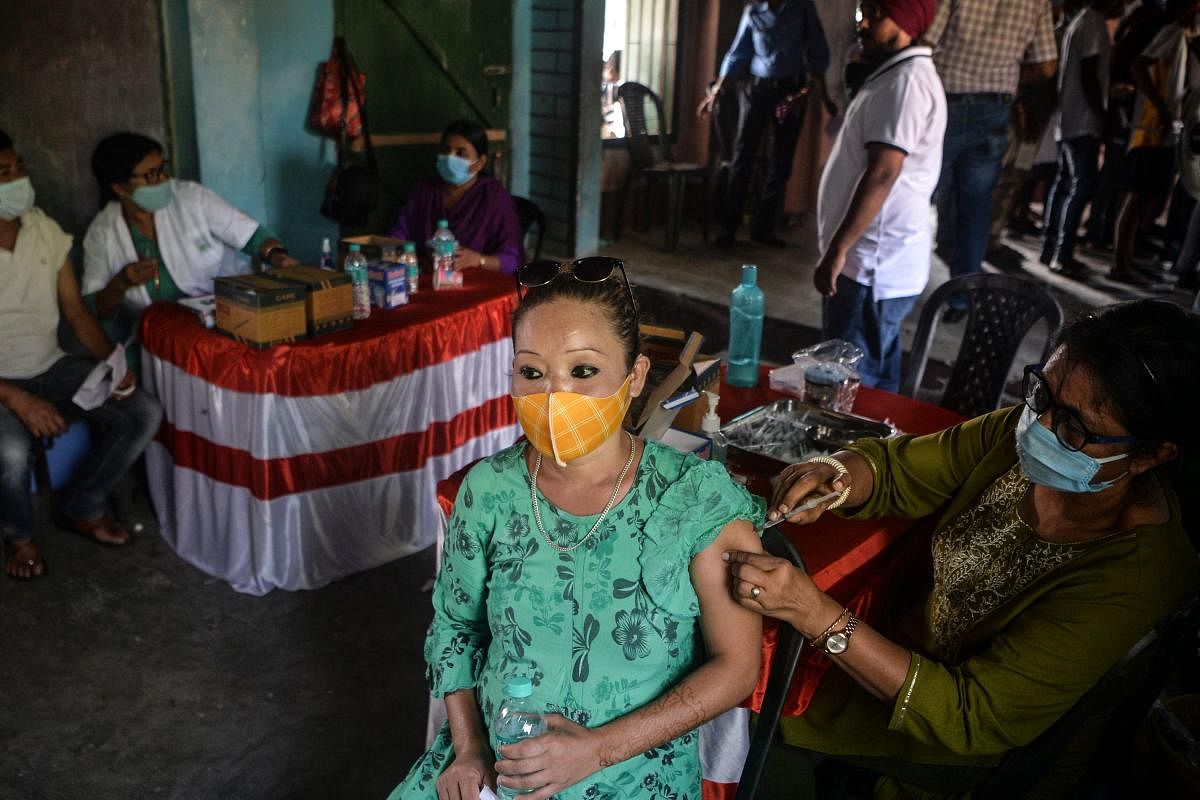In ‘On the Origin of Species’, Charles Darwin postulated that all organisms evolved from common ancestors by the process of natural selection and the ability to survive and reproduce best. This was said to drive the emergence of new species.
The ability to reproduce is built into the information-carrying molecule of life — deoxyribonucleic acid (DNA). The catch is that it cannot reproduce itself, not without a minimum amount of molecular machinery to implement the task. This molecular machinery has to be present in close proximity to the DNA molecules at all times, something that nature implements with a variety of encapsulation molecules.
Imagine a microscopic chamber, inside which is the DNA molecule and the molecules needed to reproduce it. This is essentially how the smallest living organisms, such as bacteria, are built. Different virus are very similar, except that they do not have all of the machinery needed to reproduce themselves and must hijack the cells of other organisms to successfully reproduce.
Over millennia, viruses have evolved mechanisms to infect all manner of other organisms, from bacteria to humans. These organisms, in turn, have counter-evolved mechanisms to attack and destroy the molecules that enable viral replication machinery to function effectively.
The success of both, the virus’ infection and the body’s counter depends on the processes of molecular recognition kicking in. The virus must be able to recognise a suitable type of host cell to enter from the many particles and pieces of matter it encounters in its journey. The body must, in turn, be able to tell a viral particle or molecule from its own. Both of these are thought to occur by a molecular analogue of a lock and key mechanism.
Replication
When certain molecules, sticking out of the outer encapsulation layer of the virus, lock into a complementary shape on the surface of a target cell, a recognition event happens. This then triggers a complex set of cascading molecular events by which the virus’s outer membrane merges into the outer membrane of the host cell, releasing viral contents into the host cell. These molecules hijack the host cell and its associated molecular machines, turning them into a factory that produces numerous new virus cells, killing the host cell in the process.
All replication processes fail to create a perfect replica. Some viral replication mechanisms are more inaccurate than others, implying that a single efflux of viruses from a host organism that has been infected may have numerous variants or mutants, some of which can evade, the defences of the host cell better than their predecessors. Some might find the ability for newer molecular recognitions allowing them to infect new cell types and infect new species.
In the case of the various coronaviruses, including the Covid-19 virus, the spike protein that sticks out of its surface has multiple regions that are capable of binding onto host cell membranes. One of these mutates rapidly, finding new targets and the other barely does so but retains the ability to infect numerous cell types albeit at low efficiency.
This is a very potent strategy that makes the evolution of host defences difficult. One way to counter the virus would be to develop counter-strategies that are activated when the spike protein is recognised or to neutralise the spike protein itself.
The human immune system produces a large variety of cells and molecules that work in concert to detect and eliminate threats. Y-shaped molecules, called antibodies, contain multiple lock-like molecular conformations that circulate in the blood, on the lookout for problem molecules. These molecules attach to foreign molecules, and tag them for destruction, when a recognition event happens.
The immune system is particularly good at recognising foreign molecules that it has seen and recognised as foreign before. This brings us to the fundamental idea of the strategy behind vaccines.
Vaccines
In 1796, Edward Jenner, based on the work of John Fewster and existing knowledge in the community, decided to counter the smallpox virus by inoculating people with a related but harmless virus that infected cows. This resulted in immunity against smallpox.
Modern vaccines utilise one of two strategies — they immunise with dead virus molecules or attenuated viruses that can infect but not replicate inside the body.
This pre-exposure allows the human immune system to develop a strong memory of one or more viral molecules.
When the actual virus infects, the response is typically sure and swift. In the aftermath of Covid-19, another model of vaccination has gained the limelight — mRNA vaccines that use a complex delivery system to make the body produce one or more viral molecules.
The molecule used for Covid-19 vaccines is the spike protein. Exposure to this, it has now been demonstrated, can significantly boost immunity to the virus unless the virus’s spike protein has mutated significantly.
The field remains open and the molecular tug of war complex. Recent work by scientists at Rockefeller University in New York, Theodora Hatziioannou and Paul Bieniasz that was published in the journal Nature, has demonstrated that certain variants — one with 20 mutations — is still able to overcome the overwhelming majority of neutralising antibodies from freshly infected or vaccinated individuals.
The only antibodies that were able to neutralise this super-mutated spike protein came from individuals who had first recovered from a Covid infection and then, a few months later, had been vaccinated for Covid. Antibodies from these individuals were effective not only against the spike protein in question but also neutralised other coronaviruses.
If scientists are able to harness the findings from works such as these to devise optimal strategies for immunisation, we may be on our way to getting a much-needed leg — or shall we say a protein — up on this virus that has upended our lives.
